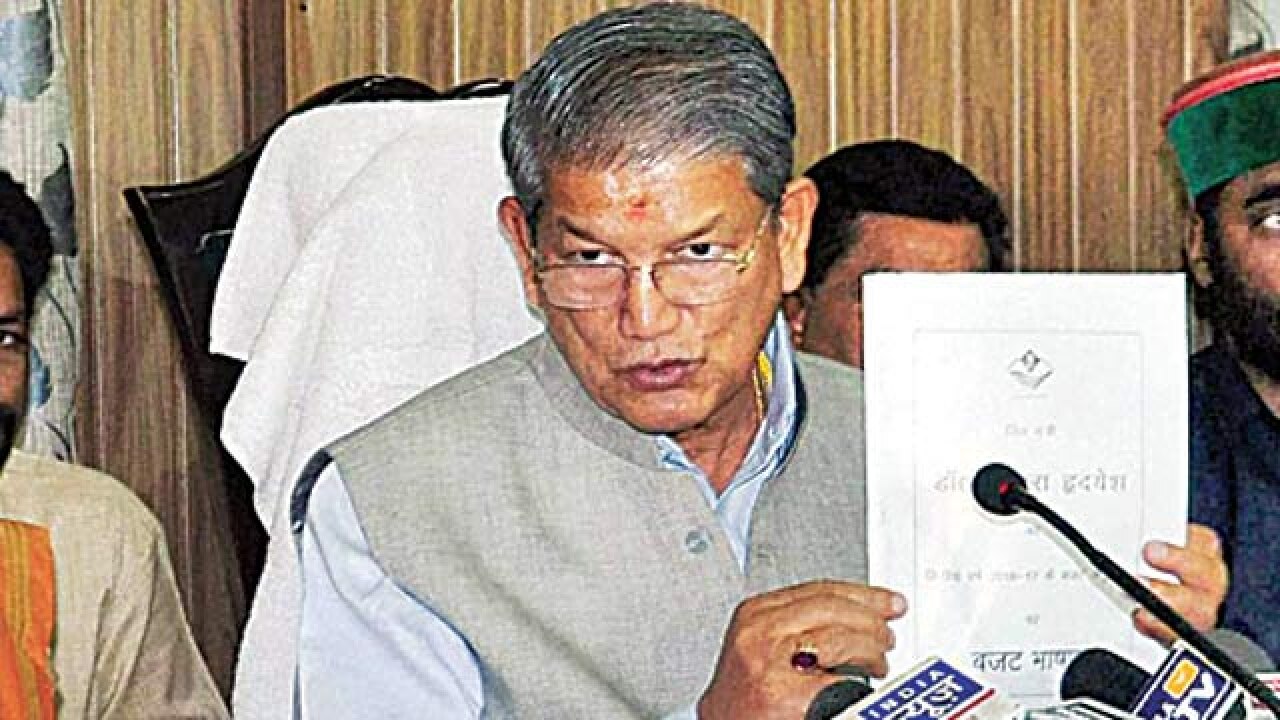
Uttarakhand High Court has stopped the misuse of Article 356 by setting aside the proclamation of imposing President’s Rule in Uttarakhand. This is yet another triumph of democracy and victory for the majesty of law and judiciary.
Toppling a state government which enjoys majority support in the assembly is not an easy job. It requires an astute, careful and calibrated orchestration, and acquiescence if not concurrence, of various Constitutional functionaries. The Speaker who conducts the business of the state legislature, and has the power to disqualify a member, is the most important player. The suspension or disqualification of a member by the speaker is justiciable, and it can be set aside by the High Court or Supreme Court.
The ruling party at the Centre and the Governor of the state have to be on the same page. The discretion of the Governor plays a huge role when he calls upon an incumbent Chief Minister to prove his majority on the floor of the House. The Governor grants time to a beleaguered Chief Minister to prove his government’s majority. At the same time he/ she is enjoined with the duty to ensure that there is no breakdown of the Constitutional machinery in the State. If at any time he / she arrives at such an opinion and reports to the Central Government, the Centre can intervene, impose Governor’s/ President’s rule and dismiss the elected government.
The Congress party in Uttarakhand had challenged the imposition of President’s Rule before the High Court at Nainital. The single judge did not pass any order on the legality of the President’s Rule nor did it stay the proclamation. The single judge issued directions for the floor test. It appeared a flawed order. The division bench, after hearing at length the concerned parties, has rightly set aside the Presidential order and ruled for the test of majority on the floor of the assembly.
As a constitutional lawyer in the Supreme Court, I found it incomprehensible as to how the floor test can be ordered by the single judge when a Presidential Proclamation is in force and the assembly is in suspended animation. The single judge permitted the alleged disqualified legislators to vote and their votes be kept in sealed cover to be taken. The division bench has set right the flaw and aptly applied the existing doctrine of jurisprudence in such matters.
SR Bommai’s case was decided by a nine-judge bench of Supreme Court. It ruled that President’s satisfaction in invocation of Article 356 shall be inquired into by the High Courts and Supreme Court. The Court had further held that in no case should a state assembly be dissolved without Parliament approving the proclamation and the test of numbers be conducted on the floor of the assembly, and not anywhere else as in the parading of the legislators either before the Governor or the President.
The author is a senior advocate, Supreme Court